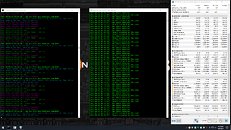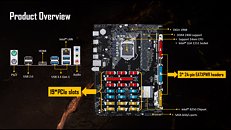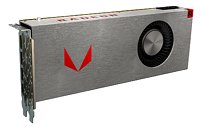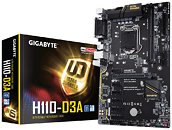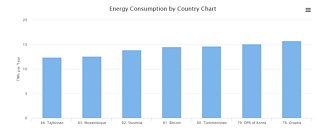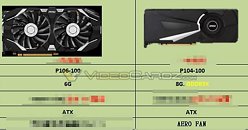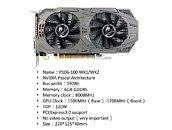
BIOSTAR Announces the H110M-BTC Micro-ATX Motherboard for Mining Builds
BIOSTAR releases the H110M-BTC, the first Intel H110 chipset micro ATX motherboard dedicated for crypto mining systems; a great choice for newbies. Even with a compact design, the engineers at BIOSTAR have managed to squeeze 6 x PCI-E native support (1 x PCI-E x16 3.0, 5 x PCI-E x1 2.0) onto the H110M-BTC, while most motherboards normally provide up to 3-4 PCI-E slots. The H110M-BTC also supports all the essentials in optimizing your mining rig: 7th generation Intel Core processors, 2-DIMM DDR4-2400/ 2133/ 1866 up to 32 GB, HDMI and USB 3.0.
The BIOSTAR H110M-BTC is built from the ground up for mining, be eliminating features that are not enhanced for mining performance. It focuses on providing a high return on investment in making sure there is native support for up to 6 X PCI-E. The 4-pin 12V AUX power connector ensures enough power to keep up to 6 graphics card running stable. And it has 100% solid capacitors making the motherboard extremely durable. The monitor output supports HDMI KVM for easy management of multi-mining setups or D-Sub KVM for more conventional multi-monitor setups. All these power packed features on a micro ATX design, makes this a great choice for compact mining rigs.
The BIOSTAR H110M-BTC is built from the ground up for mining, be eliminating features that are not enhanced for mining performance. It focuses on providing a high return on investment in making sure there is native support for up to 6 X PCI-E. The 4-pin 12V AUX power connector ensures enough power to keep up to 6 graphics card running stable. And it has 100% solid capacitors making the motherboard extremely durable. The monitor output supports HDMI KVM for easy management of multi-mining setups or D-Sub KVM for more conventional multi-monitor setups. All these power packed features on a micro ATX design, makes this a great choice for compact mining rigs.






